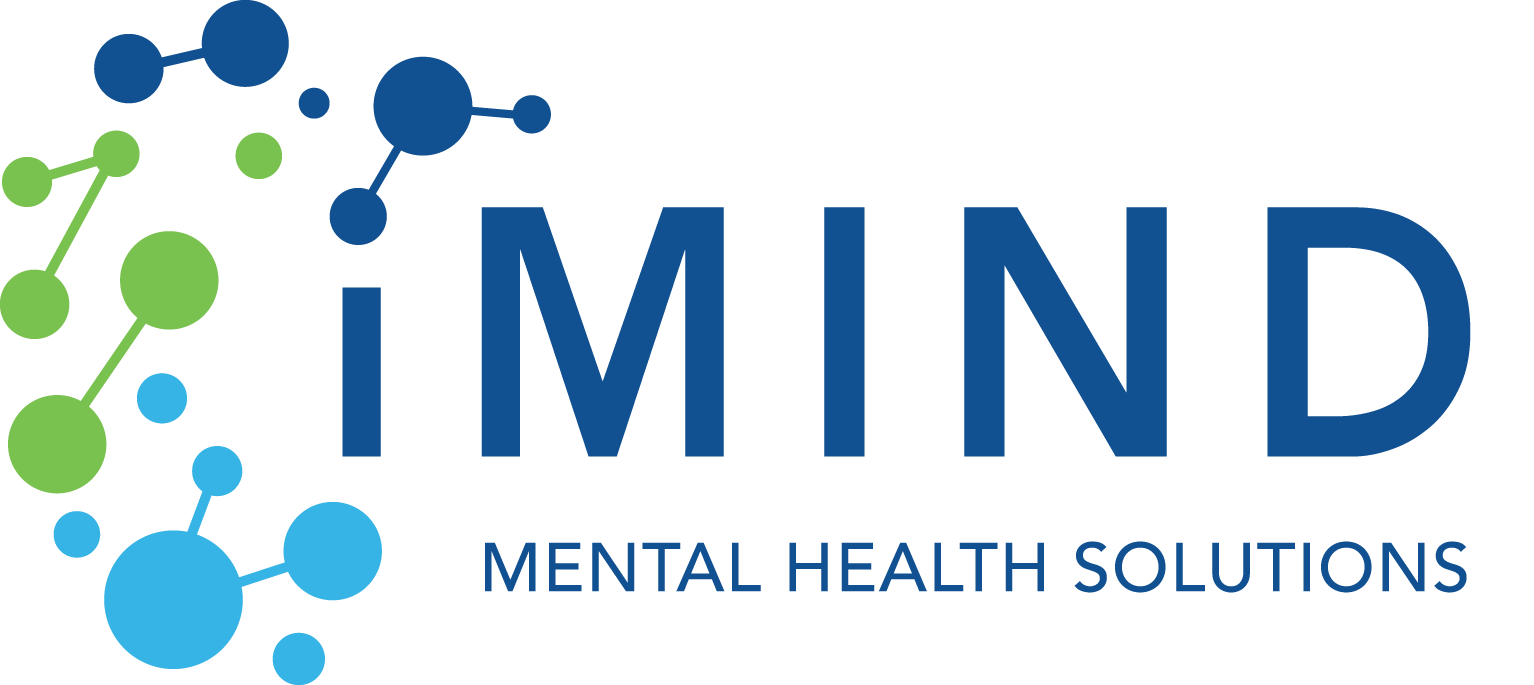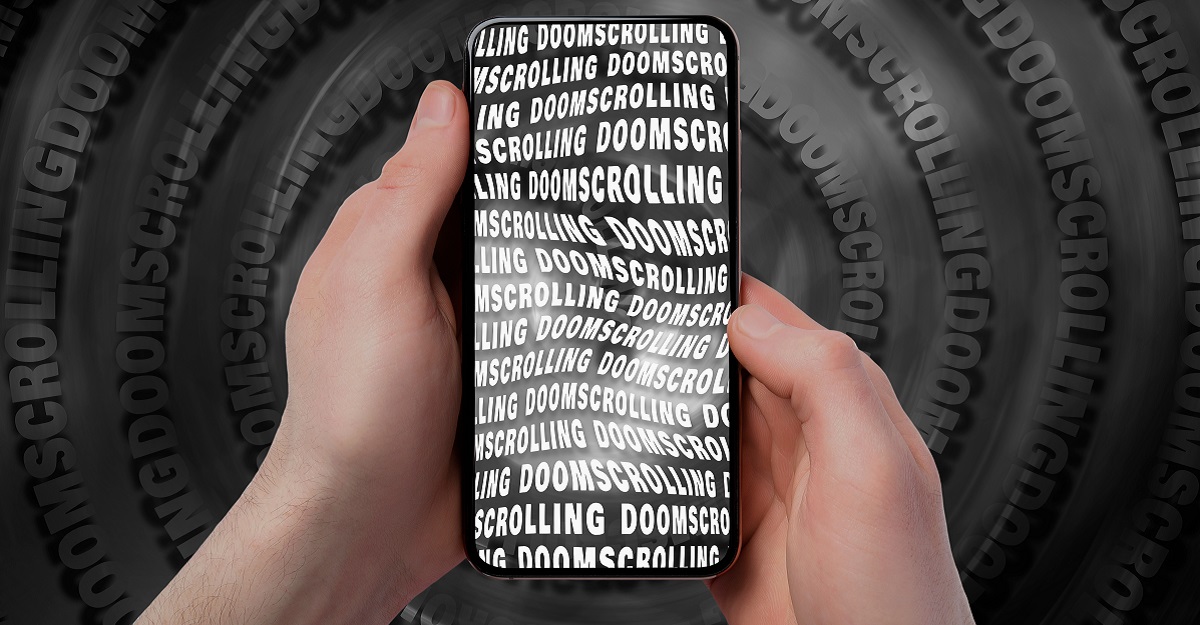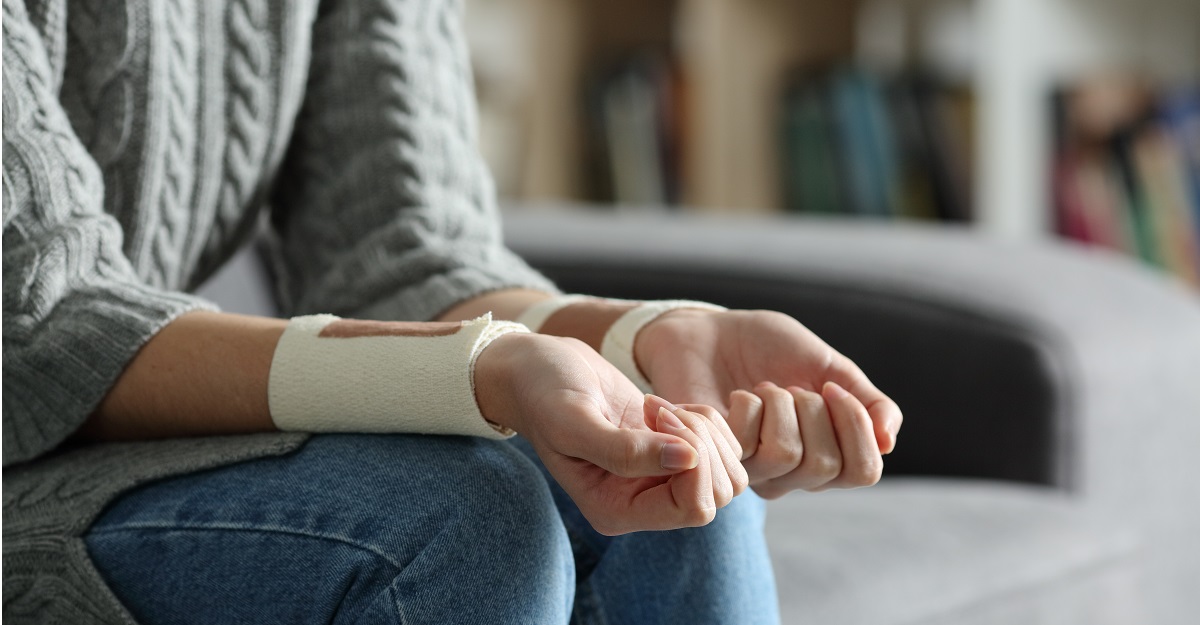How Does Social Media Affect Mental Health… Especially Children and Teens?
Published By Justin Baksh, LMHC, MCAP
December 22, 2023

For many of us, social media is as much a part of our daily lives as brushing our teeth. Platforms like YouTube, TikTok, Facebook, Instagram, X and Snapchat revolutionized communication and reshaped how we interact, learn, and entertain ourselves. Their influence is undeniable, with over half the global population actively using one or more of these platforms every day. It’s a world where connections are made with a click, information travels faster than ever, and personal experiences are shared in real-time.
However, beneath the surface of these vibrant digital communities lies a complex web of psychological impacts. As much as social media serves to connect us, its usage has raised significant concerns about mental health. Studies and anecdotal evidence alike point to its potential effects on wellbeing, influencing everything from self-esteem and body image to anxiety levels and loneliness and more, especially for children and teens. In some cases, it has been implicated as a factor in the decision to commit suicide.
The Dark Side of Social Media
“Ian Russell’s mind was still reeling when he sat at the family computer… His 14-year-old daughter, Molly, had just died from an act of self-harm and Russell was looking for answers about how this could have happened. Scrolling through Molly’s email inbox, he believed he had found them. Two weeks before her death, the British teenager received an email from Pinterest. ‘Depression Pins you may like,’ it read. The email included an image of a bloody razor. Instagram was also helping Molly discover new depression content: In the six months before her death, she shared, liked, or saved more than 2,000 posts related to suicide, self-harm, and depression on the site.
Last week, the senior coroner for north London, Andrew Walker, concluded that it was not right to say Molly died by suicide and said that posts on Instagram and Pinterest contributed to her death. ‘She died from an act of self-harm while suffering from depression and the negative effects of online content,’ Walker said.”
-Author Morgan Meaker, How a British Teen’s Death Changed Social Media, Wired
It’s a serious matter, especially for parents. Heavy social media use has been increasingly linked to various mental health issues – up to and including suicide – and most impacted are our teens and adolescents.
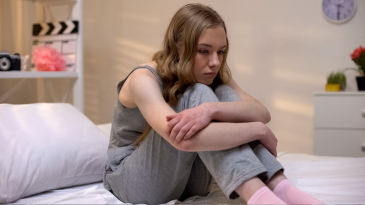
Depression and Anxiety
Extended time spent on social media may lead users to measure their own lives against the seemingly perfect lives displayed by others online. This comparison can often result in feelings of not being good enough and a decrease in self-esteem. This constant comparison can also contribute to symptoms of depression and anxiety.
This is particularly true for teens. This comparison with peers can exacerbate insecurities and contribute to a distorted view of reality, affecting their mental well-being and self-image. One study published in JAMA Psychiatry found that more than three hours per day of social media use put adolescents at a greater risk of mental health problems.

Addiction and Compulsion
Social media platforms are designed to grab and keep users’ attention, which can result in addictive behaviors and a strong desire to keep using them. Their design incorporates elements like infinite scrolling, notifications, and the use of algorithms to personalize content feeds, which keep users engaged for extended periods. This ongoing interaction activates the brain’s reward center, releasing dopamine, a chemical that creates feelings of pleasure and reward.
Each like, comment, or share acts as a mini-reward, reinforcing the user’s behavior and creating a loop that encourages frequent checking and prolonged usage. This mechanism can lead to addictive patterns, where users feel compelled to return to the platform repeatedly, often at the expense of other activities or responsibilities. In fact, one Scientific Reports study of brain scans showed a reduction in grey matter in the amygdala, which is thought to be associated with increased impulsivity, in those with a social networking site addiction.

Loneliness
Despite its role in connecting people, excessive social media use can paradoxically lead to feelings of isolation. As users spend more time online, they often have fewer face-to-face interactions, which are critical for emotional well-being.
Also, negative experiences on social media have been shown to increase feelings of isolation according to an American Journal of Health Promotion study. Researchers have also found that the more social media is used, the more feelings of loneliness increase. Loneliness is a known risk factor for anxiety, depression, and suicidal ideation.

Self-Centered Behaviors
Social media often encourages sharing every aspect of one’s life, leading to self-centered behaviors. This includes constantly posting selfies or life updates in pursuit of validation through likes and comments. Such behavior can create an environment where one’s value is based on online approval, fostering unrealistic expectations and often leading to feelings of inadequacy and jealousy. It also can diminish the quality of real-life relationships, as interactions become more about seeking attention than meaningful exchange.
Both cyberbullying and self-centeredness on social media contribute to a more toxic online environment, affecting users’ mental health and altering their perception of social norms and self-worth.
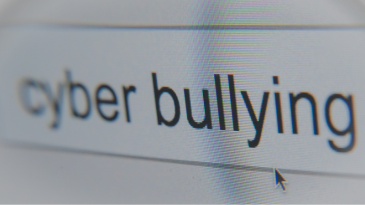
Cyberbullying
Harassing, shaming, or intimidating individuals online has become alarmingly common. In fact, nearly half (46 percent) of teens indicated that they have been a victim of cyberbullying or harassment in a 2022 Pew Research Center survey. Bullying may not be a new phenomenon, but the broad reach and anonymity of the Internet facilitates and amplifies it. Victims often suffer emotional distress, lowered self-esteem, and increased anxiety, all of which can significantly impact their mental health and wellbeing.
This type of bullying can be particularly damaging, also, because it is public and can follow individuals across various platforms and into real life. Nine out of 10 of victims report negative affects on their mental health, and they are also 2.5 times more likely to commit suicide than non-victims. In fact, the term “cyberbullicide” was coined due to this alarming trend. Unfortunately, just 10 percent will tell an adult or someone in authority what is happening.
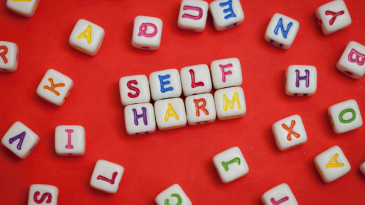
Self-Harm
A review of 15 studies conducted by Oxford University study revealed that viewing self-harm images online actually causes harm. These harmful effects include facilitating connections to other people who self-harm as well as triggering self-harm urges. Self-harm and suicide-related images, in some cases, have been associated with suicide among adolescents.
It is important to note that, although these correlations exist, they don’t always necessarily imply a direct cause-and-effect relationship between social media and self-harm. The way social media use impacts mental health can be vastly different depending on personal circumstances and usage patterns.
The Benefits of Social Media
“I started out posting pictures of friends and family. Pretty soon I was coming across false news, disgusting images, and interacting with older people with malicious intent. Let’s just say there are some people on social media that upload things that aren’t child-friendly.
I got some negative comments, some racism. They would DM me. I’d be Iike, ‘Hello!’ And they would just send, like, spam, or some type of hacking method to try to get your password.
Within a few months, I googled ‘How can I stop seeing negative things.’ I went into the settings. You can block sensitive content, like the n-word. I use the ‘block’ feature wisely now, and I don’t follow anyone past ‘friends of friends’ or let them follow me.
Now I treat Instagram like it’s a professional portfolio. I post accomplishments and interact with friends and professional contacts. My interests are directing, writing, acting, politics, and business.
Social media is a necessity. It’s a part of our generation. I do think some parental control could be added. In our generation, people love technology. You take it away from us? It’s like, Oh, wow, we have nothing left.“
-Jay’shun M. in an interview for The Cut article I Asked 65 Teens How They Feel About Being Online
Delving into the dark side of social media is important to do. However, social media does come with benefits. It allows us to maintain communication, make connections, engage in supportive communities, and provides nearly endless access to opportunities to know and learn more.

Sustaining Relationships
Social media plays a pivotal role in maintaining relationships. This was especially important during the challenging times of the pandemic, when physical distancing became a global norm. Social media platforms, already integrated into the fabric of our lives, became vital lifelines for communication and interaction.
People were able to help sustain relationships despite physical barriers. Video calls, instant messaging, and interactive posts bridged the gap created by physical separation, ensuring that the sense of community and belonging persisted. Now, it is a tool to sustain relationships with friends and family live too far away to see in person on a regular basis.
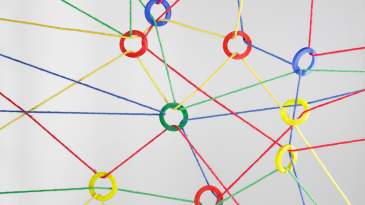
Making New Connections
Social media also expands possibilities for making new connections. People can join online communities and groups centered around shared interests, be it hobbies, causes, or professional goals. This leads to the formation of new friendships and networks which transcend geographic boundaries. Virtual events, webinars, and discussion forums are venues for social interaction, allowing individuals to engage with peers worldwide.
Platforms like Facebook and Instagram are typically used for sharing life experiences, professional networks such as LinkedIn facilitate connections in a rapidly shifting job market and platforms such as X are geared to real-time information sharing.
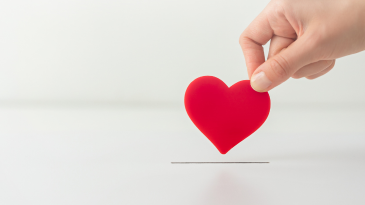
Supporting Causes
When it comes to advocating for causes, social media has an unparalleled reach and influence. It provides a platform for raising awareness about various issues, from environmental concerns to social justice campaigns. Large numbers of people can be quickly mobilized simply by using the right hashtags, campaigns, and petitions. For instance, movements like #MeToo and climate change initiatives have gained significant momentum through social media, leading to greater awareness and even policy changes.
Moreover, social media allows smaller, grassroots initiatives to gain visibility and support that would be difficult to achieve through traditional media channels. Fundraising through social media platforms has become a vital tool for non-profits and individual causes, enabling them to reach a wide audience of potential donors and supporters.

Access to Information and Learning
Social media platforms offer valuable educational resources and serve as outlets for creativity, enhancing both learning and self-expression. Social media has become and easy and efficient method for sharing knowledge and information. Educational content ranges from instructional videos on YouTube to informative posts and articles shared on platforms like LinkedIn and Facebook. These platforms provide access to a wide array of learning materials, from DIY tutorials to expert lectures, making education more accessible and diverse. Additionally, many educators and institutions use social media to supplement formal education, creating an interactive and engaging learning environment.

Creative Outlets
Social media also serves as a canvas for creativity. Platforms such as Pinterest and Instagram are popular spaces for artists, writers, and creators to show their work and reach a broad audience. Users can share their art, write blogs, or produce video content, allowing them to express themselves in myriad ways. This not only nurtures individual creativity but also fosters a community of like-minded individuals who share, collaborate, and inspire each other.
Strategies For Healthier Social Media Use
“A majority of adolescents report that social media helps them feel more accepted (58 percent), like they have people who can support them through tough times (67 percent), like they have a place to show their creative side (71 percent), and more connected to what’s going on in their friends’ lives (80 percent).
In addition, research suggests that social media-based and other digitally-based mental health interventions may also be helpful for some children and adolescents by promoting help-seeking behaviors and serving as a gateway to initiating mental health care.”
–Social Media Has Both Positive and Negative Impacts on Children and Adolescents, Office of the Surgeon General, Washington DC, 2023
Here are some practical tips for managing time spent on social media, both for parents and for individuals concerned about the affect social media is having on their mental health.
How to Set Boundaries with Social Media
- Monitor Usage: Some parents restrict social media entirely while others set age and usage limits. If your child has access to the Internet through their phone, gaming console, or an laptop, you can keep your child’s current login information to social media and email and check each one, as well as their search history, on a regular basis.
- Set Time Limits: Use built-in features on many social media platforms to monitor and limit daily usage. Alternatively, set specific times for checking social media.
- Take Advantage of Blocking Features: Depending on the platform, you can block people, hide comments, block terms, and more. Get to know the features available and make good use of them.
- Use Privacy Settings: Set profiles to “private” whenever possible.
- Turn Off Notifications: Turn off the pop-up notifications from social media apps to lessen the urge to keep checking the phone.
- Mindful Scrolling: Be conscious of why and when you or your child are using social media. Ask if it is for a specific purpose and what that purpose is. Is it just out of habit? Boredom? Maybe it’s time to redirect to another activity.
- Follow Purposefully: Feeds should be curated. Make sure you or your child are only following accounts that add value to your lives… and unfollowing those that trigger negative feelings or are potentially harmful.
- Designated Tech-Free Times: Set specific times during the day or week to intentionally avoid using social media, such as before and during school, while eating, doing homework, and just before sleeping.
- Social Media-Free Zones: Designate certain areas of your home, like the bedroom and dinner table, as social media-free zones.
- Prioritize Real-Life Interactions: Encourage more face-to-face interactions and activities outside the digital world.
- Engage in Offline Hobbies: Encourage your child to invest time in hobbies or activities that don’t involve screens, like reading, sports, or crafting.
We Have the Power
It’s important to remember that social media is simply a tool. We need to pay attention to how we – and our children – use it. Monitoring usage, balancing online and offline lives, and setting healthy boundaries can help us enjoy the benefits without letting it cause harm or overwhelm.
If social media is having a negative effect on mental health, it is vital to seek help. Whether it is feelings of anxiety, depression, loneliness, or thoughts of self-harm or suicide, reach out for immediate support. For mental health emergencies, you can call, text, or chat online with the 988 Crisis and Suicide Lifeline which is available 24 hours in English and Spanish, call 911 to access local emergency officers, or go to the nearest emergency room. Remember that seeking help for mental health is a positive and courageous step. From psychiatrists to therapists, mental health professionals are trained to offer important advice and support.
Social media is a part of our modern landscape. With thoughtful use, it can be a positive addition to our lives. By staying mindful of its impact, seeking balance, and knowing when to seek help, we can navigate the digital world in a way that supports our mental health and overall wellbeing. Remember, the power to shape our social media experience is in our hands.
- Bonsaksen, T., Ruffolo, M., Price, D., Leung, J., Thygesen, H., Lamph, G., Kabelenga, I., & Geirdal, A. Ø. (2023). Associations between social media use and loneliness in a cross-national population: do motives for social media use matter? Health Psychology and Behavioral Medicine, 11(1).
- Essential Cyberbullying Statistics in 2023 • ZipDo. (n.d.). Retrieved December 22, 2023.
- He, Q., Turel, O., & Bechara, A. (2017). Brain Anatomy Alterations Associated with Social Networking Site (SNS) Addiction. Scientific Reports, 7(1).
- Hinduja, S., & Patchin, J. W. (2010). Bullying, Cyberbullying, and Suicide. Archives of Suicide Research, 14(3), 206–221. https://doi.org/10.1080/13811118.2010.494133
- Kamenetz, A. (2023, September 21). I Asked 65 Teens How They Feel About Being Online. The Cut.
- McCrae, N., Gettings, S., & Purssell, E. (2017). Social Media and Depressive Symptoms in Childhood and Adolescence: A Systematic Review. Adolescent Research Review, 2(4), 315–330.
- Molly Russell: Friend of 14-year-old who died from self-harm speaks out over Online Safety Bill. (n.d.). Sky News.
- Office of the Surgeon General. (2023). Social Media Has Both Positive and Negative Impacts on Children and Adolescents. www.ncbi.nlm.nih.gov; US Department of Health and Human Services.
- Primack, B. A., Karim, S. A., Shensa, A., Bowman, N., Knight, J., & Sidani, J. E. (2019).
- Positive and Negative Experiences on Social Media and Perceived Social Isolation. American Journal of Health Promotion, 33(6), 859–868.
- Riehm, K. E., Feder, K. A., Tormohlen, K. N., Crum, R. M., Young, A. S., Green, K. M., Pacek, L. R., La Flair, L. N., & Mojtabai, R. (2019). Associations between Time Spent Using Social Media and Internalizing and Externalizing Problems among US Youth. JAMA Psychiatry, 76(12), 1266–1273.
- Schonfeld, A., McNiel, D., Toyoshima, T., & Binder, R. (2023). Cyberbullying and Adolescent Suicide. The Journal of the American Academy of Psychiatry and the Law, 51(1), 112–119.
